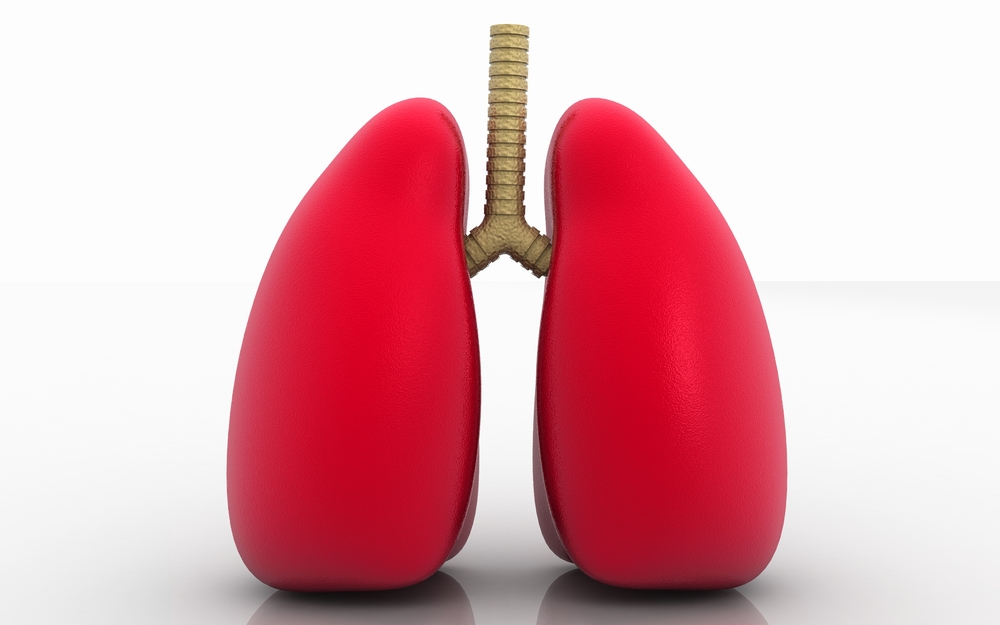In a recent study entitled “Preclinical validation and imaging of Wnt-induced repair in human 3D lung tissue cultures,” researchers developed ex vivo 3D human lung tissue cultures (3D-LTCs) to determine the benefits of therapeutics for chronic obstructive pulmonary disease (COPD). They tested for the first time the potential for Wnt/β-catenin activating compounds to induce lung repair in patient-derived 3D-LTCs. The study was published in the European Respiratory Journal.
Chronic obstructive pulmonary disease (COPD) is characterized by impaired airflow with worsening symptoms escalating over time, leading to loss of lung tissue. Research models such as animal models have allowed major advancements in disease research, however, translating these findings into clinical settings remains a challenge. In fact, clinical validation is usually limited to human cell cultures, cultivated in two-dimensional systems. The Wnt/β-catenin signaling pathway is one of these examples, with previous reports establishing its role in lung epithelial development. However, it still remains unknown whether Wnt/β-catenin represents a valid therapeutic target to trigger lung repair in human COPD.
In this study, researchers at Helmholtz Zentrum München generated functional three-dimensional (3D) ex vivo lung tissue cultures (LTCs), from both mice and humans as a strategy to assess the effects of COPD therapeutics. The technique allows researchers to detect how a 3D lung microenvironment, a structure similar to a living human lung, reacts to certain therapeutics. The team investigated its response to Wnt/β-catenin activation for the first time. They showed that once activated by two different and well established compounds, glycogen synthase kinase-3β inhibitors, lithium chloride (LiCl) and CHIR 99021 (CT), the Wnt/β-catenin pathway triggers lung repair, a phenomenon observed in both murine and patient-derived 3D-LTCs from COPD patients. Wnt/β-catenin activation led to a significant increased expression of alveolar epithelial cell markers, selective inhibition of macrophage activity and elastin remodeling.
[adrotate group=”3″]
The team notes that their findings show that 3D-LTCs are a new and efficient strategy to evaluate preclinical drugs’ profiles and tissue responses to treatment, but also allows the study of disease mechanistic in a 3D system, closely resembling natural tissue architecture. The team is now aiming to study other diseases, such as pulmonary fibrosis and lung cancer, with their newly devised 3D-LTCs.
Dr. Dr. Melanie Königshoff, study lead author commented, “In our study we showed that activation of the Wnt / beta-catenin — signaling pathway induces lung tissue repair, depending on the patient’s stage of COPD. We hope in this way to develop long-term treatments that induce lung tissue repair in the patients.”

